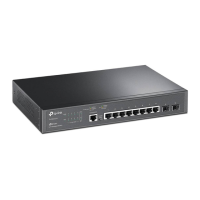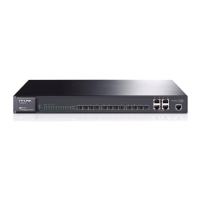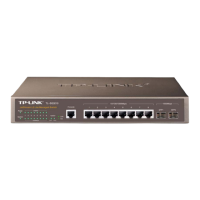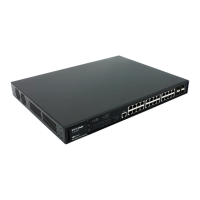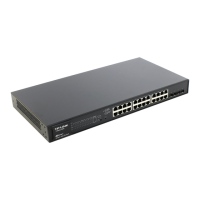20
Figure 4-8 Global Unicast Address Format
An interface ID is used to identify interfaces on a link. The interface ID must be unique to
the link. It may also be unique over a broader scope. In many cases, an interface ID will be
the same as or based on the link-layer address of an interface. Interface IDs used in global
unicast and other IPv6 address types must be 64 bits long and constructed in the modified
extended universal identifier (EUI)-64 format.
For all IEEE 802 interface types (for example, Ethernet and FDDI interfaces), Interface IDs
in the modified EUI-64 format are constructed in the following way:
the first three octets (24 bits) are taken from the Organizationally Unique Identifier (OUI) of
the 48-bit link-layer address (the media access control, or MAC, address) of the interface,
the fourth and fifth octets (16 bits) are a fixed hexadecimal value of FFFE, and the last
three octets (24 bits) are taken from the last three octets of the MAC address. The
construction of the interface ID is completed by setting the universal/local (U/L) bit--the
seventh bit of the first octet--to a value of 0 or 1. A value of 0 indicates a locally
administered identifier; a value of 1 indicates a globally unique IPv6 interface identifier.
Take MAC address 0012:0B0A:2D51 as an example. Insert FFFE to the middle of the
address to get 0012:0BFF:FE0A:2D51. Then set the U/L bit to 1 to obtain an interface ID in
EUI-64 format as 0212:0BFF:FE0A:2D51.
Link-local address
A link-local address is an IPv6 unicast address that can be automatically configured on any
interface using the link-local prefix FE80::/10 (1111 1110 10) and the interface identifier in
the modified EUI-64 format. Link-local addresses are used in the neighbor discovery
protocol and the stateless autoconfiguration process. Nodes on a local link can use
link-local addresses to communicate; the nodes do not need globally unique addresses to
communicate. The figure below shows the structure of a link-local address.
Figure 4-9
Link-local Address Format
IPv6 devices must not forward packets that have link-local source or destination addresses
to other links.
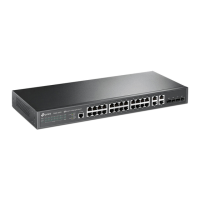
